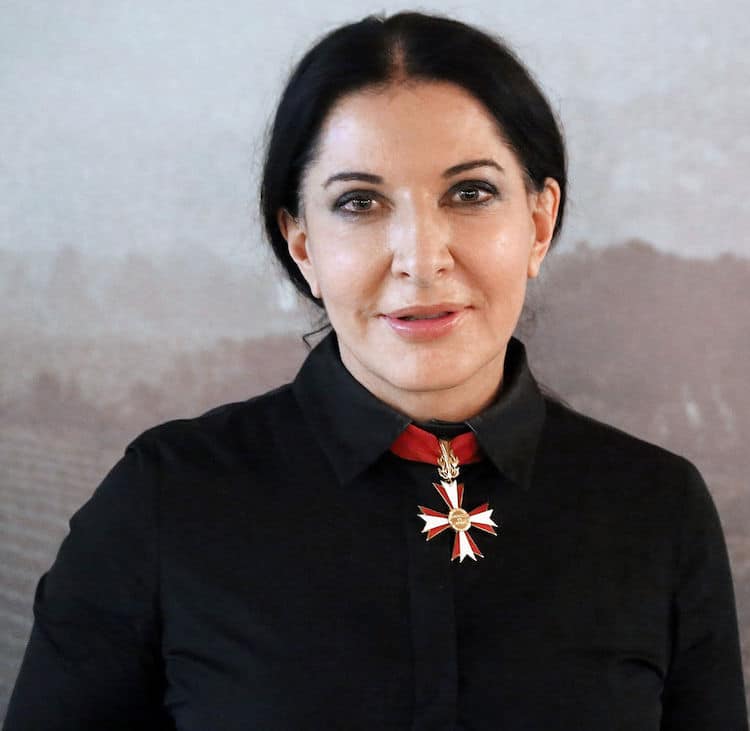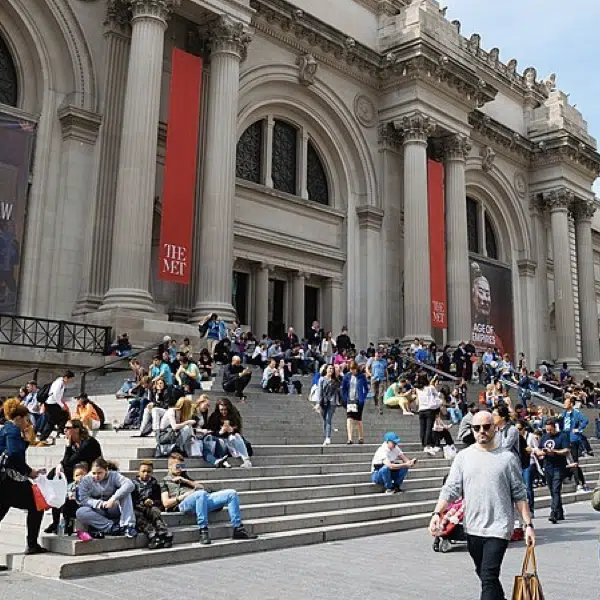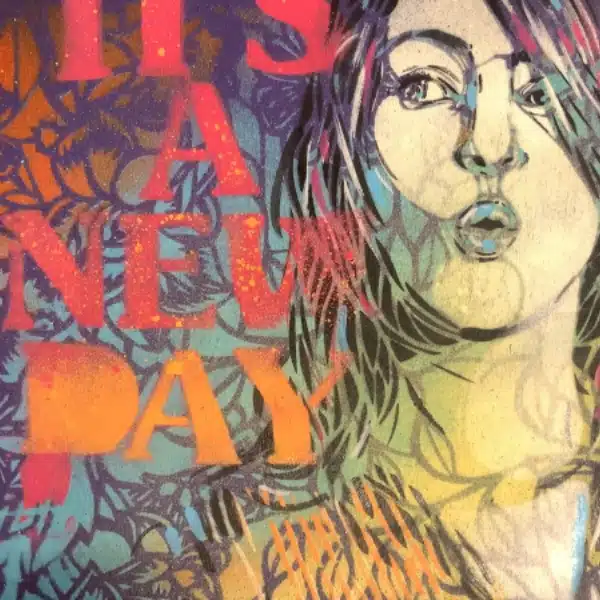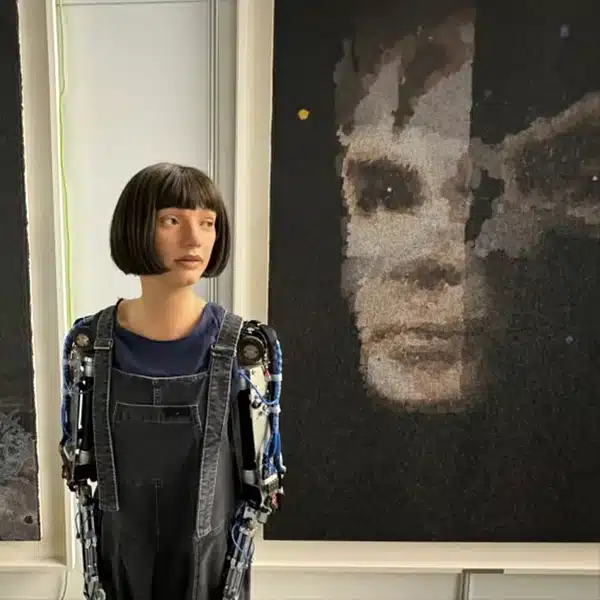Chris Burden
Known for his dangerous performance art pieces, Chris Burden created controversial performance art that explored the limits of the human body. Burden began working as a performance artist in the 1970s, when he produced his most famous pieces: Five Day Locker Piece (1971) and Shoot (1971).
Five Day Locker Piece
For Five Day Locker Piece, Burden locked himself in a locker at the University of California, Irvine. Like his later works, this piece tested Burden's physical limitations and conveyed his interest in shifting his own perceptions. “My art is an examination of reality,” he explained. “By setting up aberrant situations, my art functions on a higher reality, in a different state. I live for those times.”
Shoot
“At 7:45 P.M. I was shot in the left arm by a friend,” Burden recollected. “The bullet was a copper jacket .22 long rifle. My friend was standing about fifteen feet from me.” While this scenario may read more like a crime scene than a creative project, it actually describes Shoot, a performance art piece by Burden. Believed to be a critique of the Vietnam War, Shoot transformed Burden into a living work of art, as his body was literally sculpted by the fired bullet.
Marina Abramović
Marina Abramović's experimental art spans nearly 50 years. Like Yoko Ono and Chris Burden, Abramović's body of work relies heavily on audience interaction and challenges the limits of the human body. Two of her most popular pieces that illustrate this duel approach are The Artist Is Present (2010) and Rhythm 0 (1974).
The Artist is Present
The Artist is Present is perhaps Abramović's most well-known work. The piece features the artist seated at one side of a table, while audience members are invited to join her one by one. As they silently sit across from one another and stare into each other's eyes, the artist and the participant engage with one another without using any words. The intention of the piece is to challenge expectations, experiment with interactions, and demonstrate, according to Abramović, “this enormous need of humans to actually have contact.”
Rhythm 0
In the 1970s, Abramović explored the connection between art and the human body with her Rhythm pieces. Rhythm 0, the series' most well-known performance, paired this idea of the body as a canvas with Abramović's interest in the relationship between performer and participant.
Much like Ono's Cut Piece, Rhythm 0 encouraged audience members to interact with the artist. Instead of a single pair of scissors, however, this act employed 72 objects—ranging from a rose and a feather to a saw and a gun—that could be used on Abramović's body. By the end of the piece, Abramović was left naked, battered, and vulnerable. “I felt really violated,” she explained. “They cut up my clothes, stuck rose thorns in my stomach, one person aimed the gun at my head, and another took it away. It created an aggressive atmosphere. After exactly 6 hours, as planned, I stood up and started walking toward the audience. Everyone ran away, to escape an actual confrontation.”
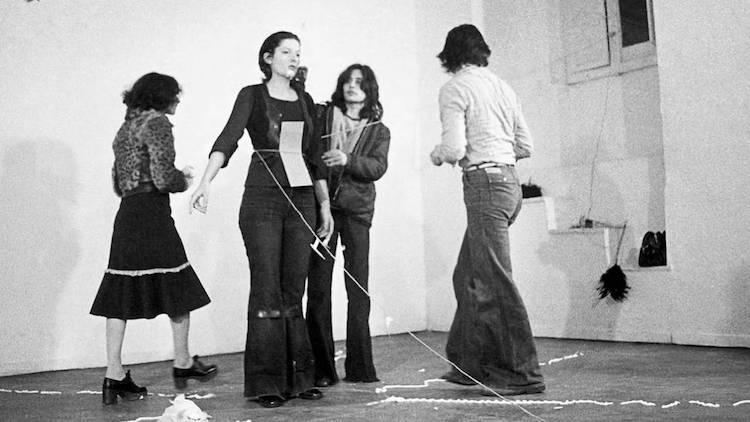
Photo: Marina Abramović Institute
Joseph Beuys
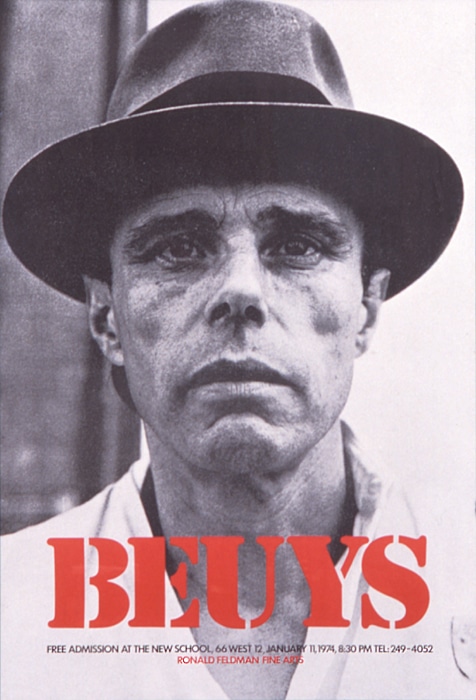
Photo: By Ronald Feldman Fine Arts (Ronald Feldman Fine Arts) [GFDL or CC-BY-SA-3.0], via Wikimedia Commons
Armed with felt blankets and a walking stick, Beuys spent 3 days with the animal. At first, the coyote was, as one would expect, slightly aggressive; he even tore apart a blanket. Eventually, however, he warmed up to the artist, and the pair lived in peace.
In addition to exploring the transformative capability of the animal, Beuys enacted I Like America and America Likes Me as a way to experience a new location in an equally novel way. “I wanted to isolate myself,” he explained, “insulate myself, see nothing of America other than the coyote.”
Related Articles:
Art History: What is Contemporary Art?
12 Contemporary Artists Tell Us What it Takes to Make a Great Piece of Art
Performance Art Reveals the Passage of Time and Past Identity
